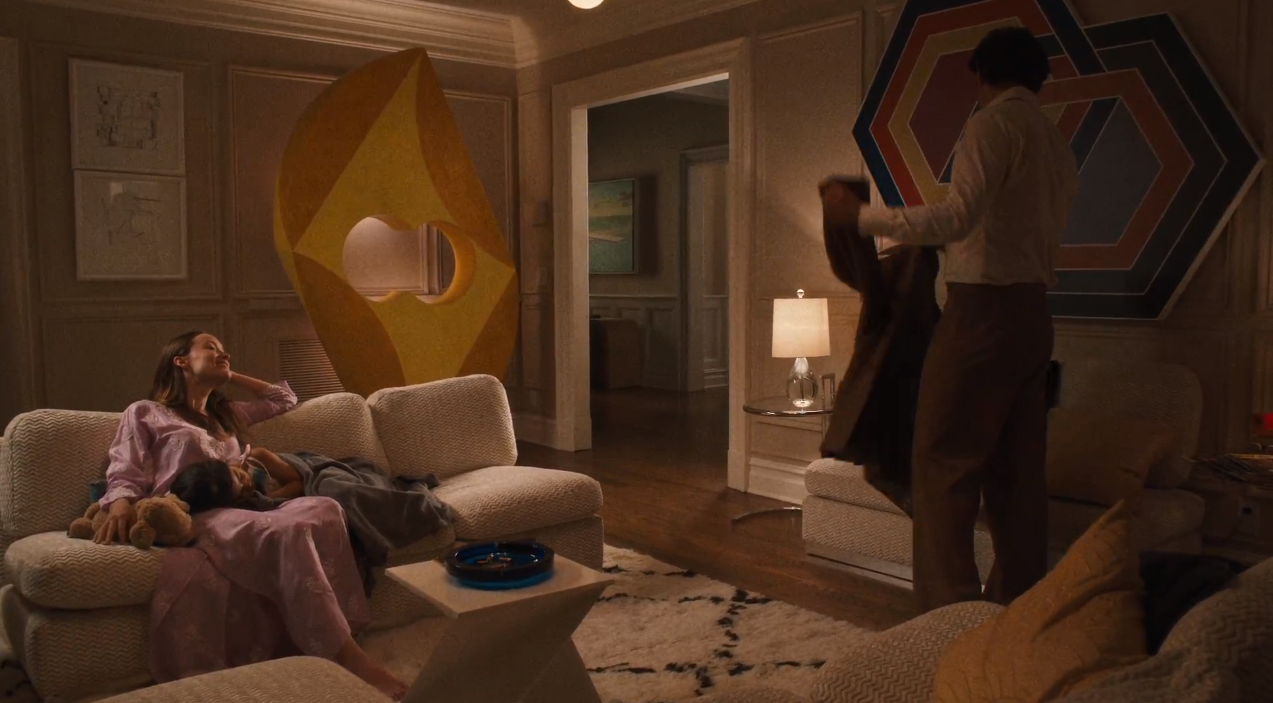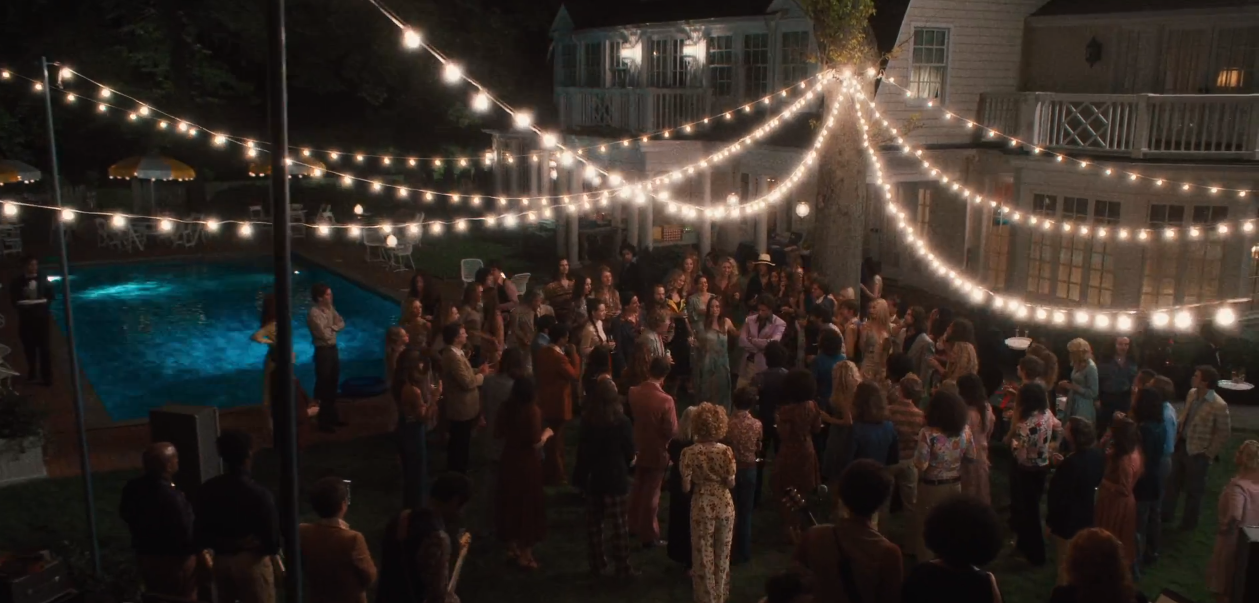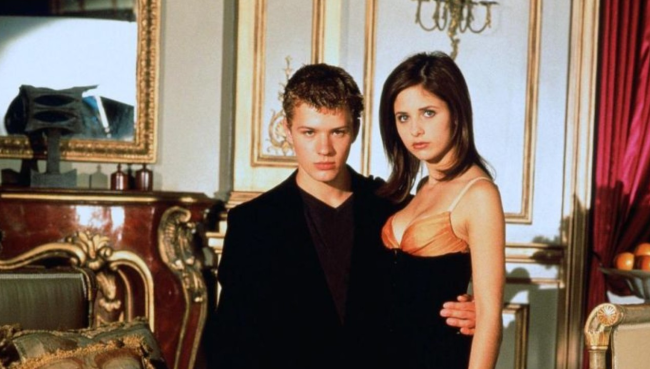The apartments on 'Vinyl' are mostly just white noise

When a movie or TV show is set in New York City—and if the people making it are savvy—real estate becomes part of the story itself. In Reel Estate, we look at some of the more memorable domiciles to grace the screen.
Reviews have been decidedly mixed about HBO's new New-York-in-the-70s throwback Vinyl—it vibes like more of a jukebox musical than a real trip into the city's grittier past—but if it's retro decor you came for, the show doesn't disappoint.
Real estate isn't discussed much at all, but record label owner Richie Finestra (Bobby Cannavale) seems to be making out alright, with a huge suburban house in Greenwich, Connecticut, and a sweet spread in the city. At one point he hits traffic on the way back to the burbs and tells his driver to just "take me to the apartment," conjuring up images of some dingy flop where he can crash for a few hours. Instead, it's a palatial penthouse with windows overlooking Central Park (pictured above)—not bad for a guy whose label is on the verge of bankruptcy, even if prime apartments were only five figures at the time.
For both this apartment and the Greenwich house (which has a huge backyard and in-ground pool), the set decorators seem to have had a field day digging up ultra-70s decor:



The only other home we spend much time in is that preposterously garish house of a drug-addled (and ill-fated) radio kingpin Frank "Buck" Rogers, who seems to live in New Jersey or Long Island, and scoffs at Richie about his home in Greenwich: "You know who lives in Connecticut? A bunch of blue blooded cocksuckers living in the middle of the woods with their dirty little secrets and their lyme disease. Do you have any idea what I paid for this place?" One shudders to think.
However, there's one real estate detail the show does get frighteningly right. The pilot episode ends with the collapse of the Mercer Arts Center while Richie's there for a New York Dolls show, and while the details are embellished, the building did, in fact, cave in in 1973, killing four. It's an exciting TV moment, sure, but as for us, we'd gladly swap in a little more "bad old days" subway graffiti if it meant never having to think about the possibility of a building collapse ever again.
You Might Also Like



























